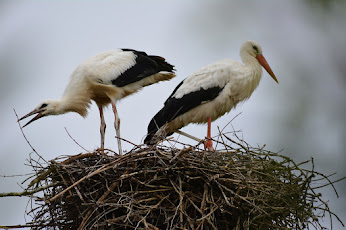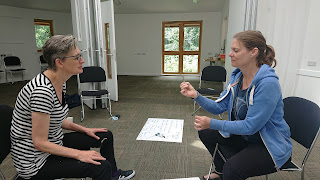How to build a white stork nest!
Less of a nest, more of a city!
The collapse of the construction industry
 Sadly, in the UK, white storks were hunted to extinction
around 600 years ago. Their loss was bad news for so many of their co-habitants.
It seems certain that if there were white stork nests in the UK today, then
there would be more wildlife in general! How can we solve this problem? One way
in which we can contribute is by making our own stork nests and building homes
for our native wildlife!
Sadly, in the UK, white storks were hunted to extinction
around 600 years ago. Their loss was bad news for so many of their co-habitants.
It seems certain that if there were white stork nests in the UK today, then
there would be more wildlife in general! How can we solve this problem? One way
in which we can contribute is by making our own stork nests and building homes
for our native wildlife!
In this tutorial we will show you how!
Neighbourhood watch
The stork’s nest is made of dry and long sticks laid in
layers, and the thick inner lining consists of hay, straw, and manure. White
stork nests are often used for decades, and each year they are repaired and
expanded. The larger the nests get, the more valuable they become for other
wildlife, although old heavy nests do become compacted and less useful for
smaller nesting birds. Mice, rats, and red squirrels have all nested within
storks nests, which also host wasps, ants. However, stork nests are also places
of occurrence of numerous invertebrates, including wasps, ants, beetles, and
mites. Earlier studies indicated that stork nests can be occupied by at least
34 species of mites. Stork nests are particularly important for nesting and
winter roostin house sparrows and tree sparrows, both of which have declined
dramatically in the last 50 years. Incredibly, the stork’s nesting material also
consists of the seeds of over 100 species of plants, creating a seed bank of
nearly 10,000 seedlings per nest!
Storks bringing babies
Thankfully there is now renewed hope for the return of white
storks to the UK, with a reintroduction programme currently underway at Knepp
Estate in West Sussex. Breeding has already been attempted and free flying
birds are once again being seen in the area! Let’s hope this signals the return
of this wonderful ecosystem engineer!




Comments
Post a Comment